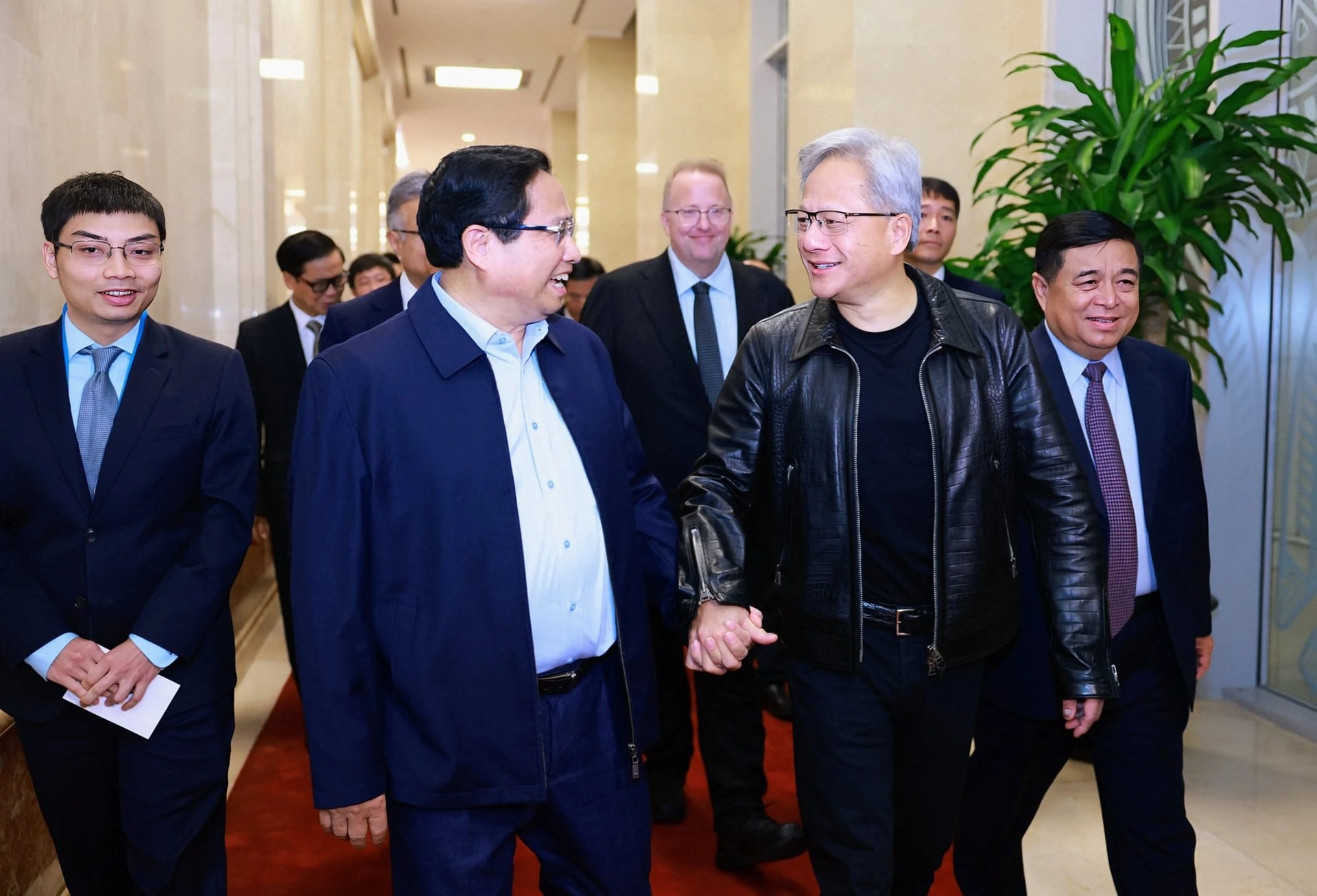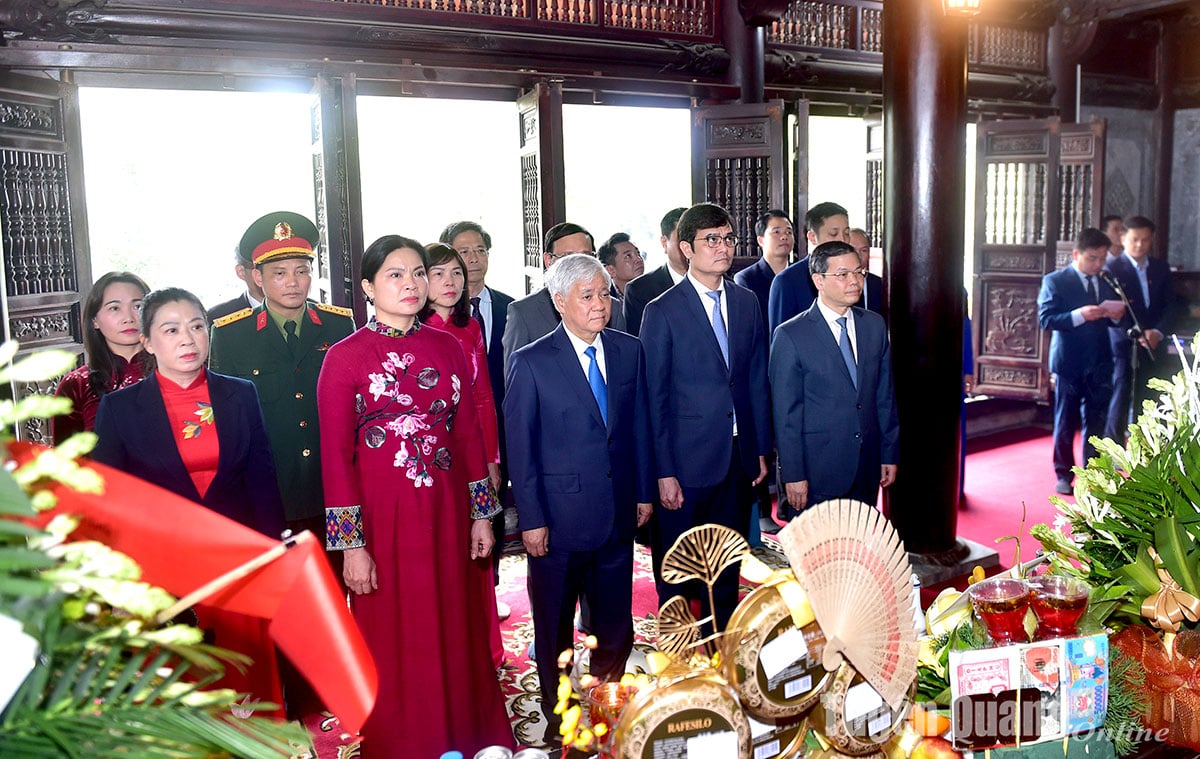(NB&CL) In the current digital age, the way people consume news has changed dramatically. Readers not only want to be updated with information quickly, but also want to participate, contribute, and even immerse themselves in the news flow. This creates a new requirement for the press: not only to provide news, but also to create interaction, connect with readers, and give them the feeling that they are also a part of the story.
Reader interaction with news life
A study by the Reuters Institute for the Study of Journalism has shown that the needs of social media users today go beyond just watching news, but also want to directly access the news sources they care about. On social media platforms such as TikTok, Instagram and YouTube, content creators, influencers (KOLs) and independent news organizations are becoming increasingly popular. These platforms not only provide users with powerful creative tools, but also have the ability to spread information on a global scale without the support of mainstream media agencies.
These accounts, ranging from ordinary individuals to prominent political figures, have created a richer, more diverse news environment. The proliferation of independent voices and content creators allows users to access different perspectives, even perspectives that are not covered by traditional media.
This demand is particularly strong in countries like the US and Brazil, where users tend to be more interested in independent news sources than mainstream media. This reality shows that readers are no longer passive recipients of information, but want to be part of the information flow.

Joe Rogan interviews Donald Trump on The Joe Rogan Experience podcast. Photo: Youtube
Social media platforms develop, challenges for journalism
In many countries, including Vietnam, social media has become the leading source of news for many users, especially young people. Social media platforms such as Facebook, Instagram, YouTube, and recently TikTok allow users to share and spread information quickly and widely. Users are not only interested in major events in the world, but also search for content about sports, entertainment, health, fashion and travel. Thus, the concept of "news" has been expanded, not only political and social events but also many other aspects of life.
This reality requires traditional media to change to keep up with user trends. In the US, many famous journalists such as Tucker Carlson and Joe Rogan, have left traditional channels to build their own platforms, taking advantage of social media and online broadcasting to reach users. This shows a new trend: content creators do not just report, but also discuss, analyze and create conversations with the audience.
According to surveys by the Reuters Institute, traditional newspapers are facing fierce competition from independent content creators on new platforms such as TikTok, YouTube and Instagram. In France, Hugo Travers, with the account Hugo Décrypte, has become a popular news source with young people. He not only summarizes the daily news but also interviews leading politicians, including the French President. This is a testament to how news can be delivered in a more intimate, accessible and engaging way, thereby creating a strong connection with young audiences.

Hugo Travers, with the account Hugo Décrypte, has become a popular news source with young people. Photo: France.TV
Reader interaction and engagement trends
The trend of readers becoming more involved in the news is not limited to developed countries. In developing countries like Argentina and Brazil, many social media influencers have also become important sources of news. Accounts like Mate con Mote in Argentina, who creates humorous political content, or Alexandre Garcia in Brazil, who holds conservative political views, have attracted a large audience.
In addition, many influencers are directly connected to social events or movements. For example, in France, Hugo Clément and Salomé Saqué have become prominent voices for environmental protection, and regularly use social media to share information and call for action from the community. This shows a great interest from the public, especially young people, in engaging with social events and movements.
The future of journalism and how to adapt to new reader needs
The rise of social media and online platforms poses a major challenge to traditional journalism. Journalism must change from being just a source of information to a bridge between events and the public. Traditional platforms must actively seek innovative solutions to create interactive experiences where readers feel they can contribute, participate, and even influence the news story.
To do this, the press can adopt strategies such as increasing interactive content. Instead of just publishing long articles, news agencies can create short, visual and easy-to-understand videos. This has been applied very successfully by young news brands such as Brut and Konbini in France.
Creating opportunities for readers to participate in discussions is an effective strategy for increasing engagement. Livestreams, webinars, and even in-person meetings are opportunities for journalists to directly engage with readers, listen to their opinions, and provide feedback.
Developing rich and diverse content will bring about a positive interactive experience. Many social media users today are not only interested in political news, but also seek content about health, entertainment, and lifestyle. Newspapers need to expand their scope to attract more readers.
Technological advancements such as the use of artificial intelligence (AI) and other emerging technologies can help newspapers personalize content for each audience. For example, news apps can recommend content that matches users’ interests, creating a more interesting and engaging reading experience.
In today’s rich and diverse information landscape, readers’ needs go beyond passively receiving news. They want to engage, contribute, and see that their voices can influence the flow of information. Traditional journalism, if it wants to maintain its position, must understand and meet this need. By transforming itself, integrating interactive elements, and opening up opportunities for readers to participate, journalism can become more than just a source of information, it can also be a bridge connecting communities, building a closer and more connected information society.
Mr. Minh
Source: https://www.congluan.vn/khi-doc-gia-muon-hoa-minh-vao-doi-song-tin-tuc-post330843.html
























































Comment (0)